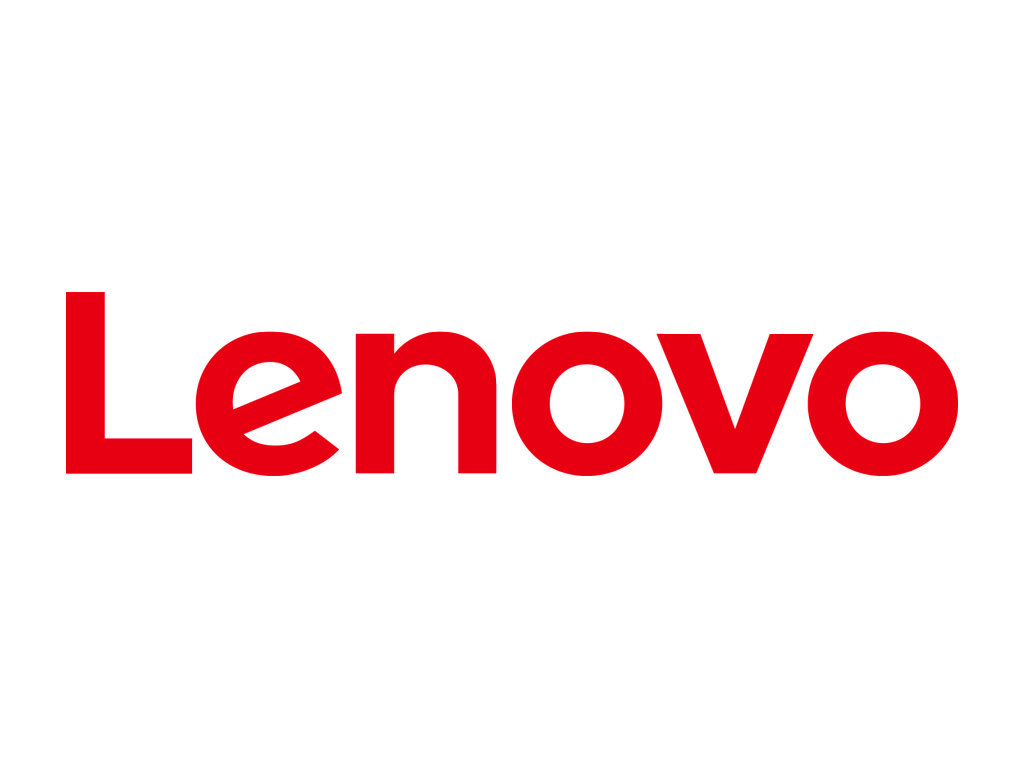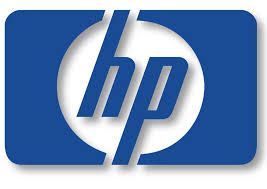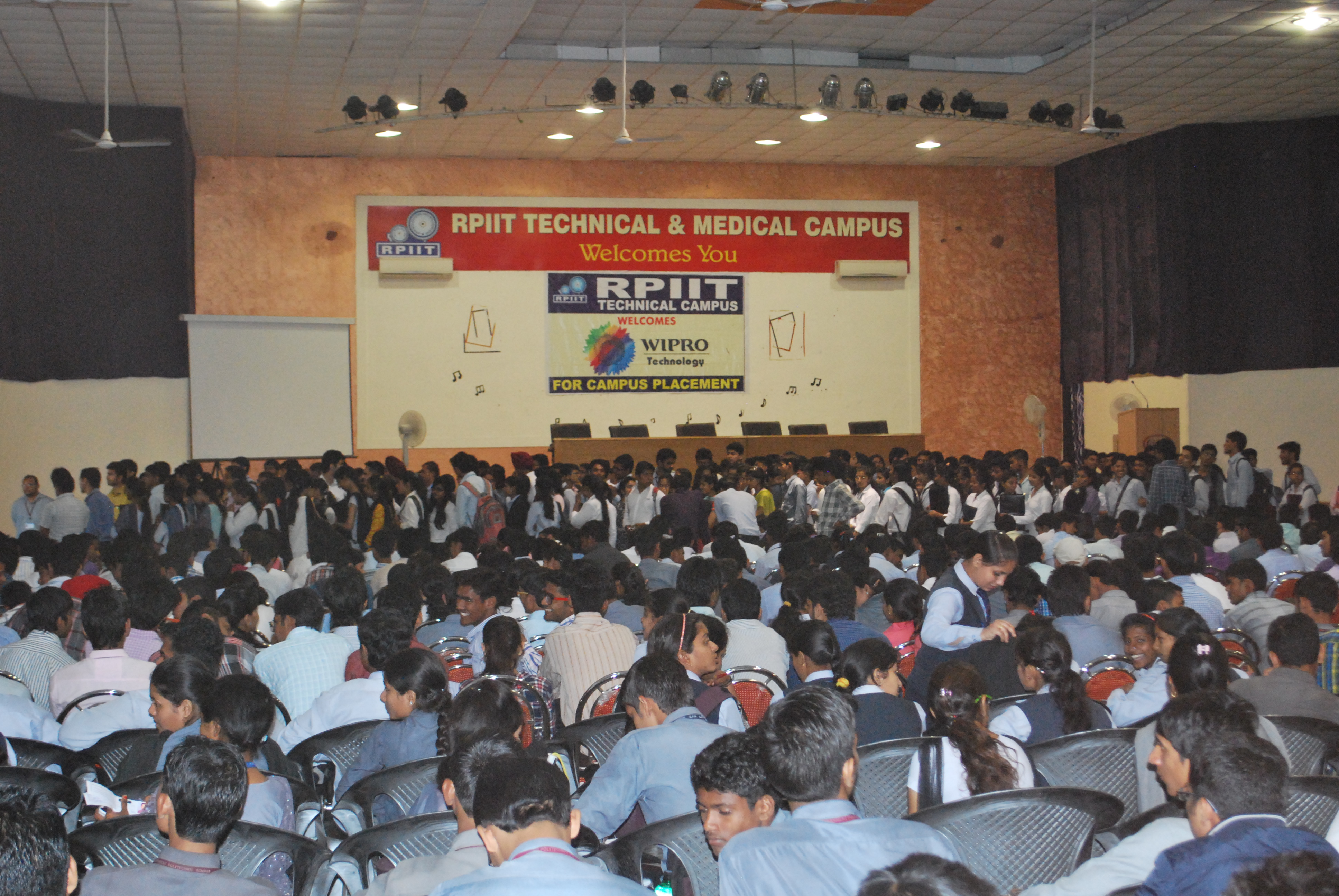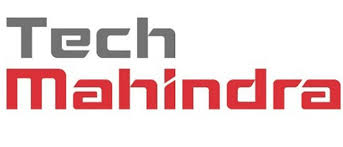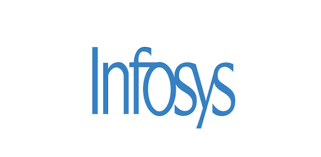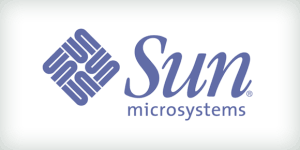BHM & CT- 201 COMMUNICATION SKILLS
LESSON PLAN (MR.ASHISH SHARMA)
|
Unit -1 Communication –Meaning, Types And Process |
|
| 1 | Communication- Meaning, Significance and Scope |
| 2 | Communication Process |
| 3 | Communication Types-Upward & Downward |
| 4 | Communication Types- Horizontal, Vertical, And Diagonal |
| 5 | Communication Types -Verbal & Nonverbal |
| 6 | Communication Types -Oral & Written |
| 7 | Flow of Information in Hotel Organization |
| 8 | Role of Effective Organization |
| 9 | Barriers Of Communication |
| 10 | Discussion on Unit -1 |
|
Unit -2 Written Communication |
|
| 11 | Business Writing Principles for Clear Business Writing |
| 12 | Adoption of Principles |
| 13 | Word Selection & Sentence Construction |
| 14 | Drafting Effective Letters-Formats & Styles of Writing |
| 15 | Writing of Memos and Reports |
| 16 | Writing of Curriculum Vitae, E-Mail |
| 17 | Report Writing & Different Types of Reports |
| 18 | Discussion on Unit 2 |
|
Unit -3 Oral Communication |
|
| 19 | Dictation |
| 20 | Telephone Conversation |
| 21 | Public Speaking |
| 22 | Oral Reporting |
| 23 | Demonstration |
| 24 | Meeting |
| 25 | Process |
| 26 | Organization of Meeting |
| 27 | Discussion on Unit-3 |
|
Unit 4 Non-Verbal Communication |
|
| 28 | Importance |
| 29 | Body Language |
| 30 | Importance of Gestures in Communication |
| 31 | Reading Body Language |
| 32 | Body Language in Communication |
| 33 | Importance of Body Language in Hotel Industry |
| 34 | Discussion on Unit 4 |
|
Unit 5 Cross Cultural Communication |
|
| 35 | Concept of Culture |
| 36 | Functions of Culture |
| 37 | Impact of Culture in Communication |
| 38 | Cross –Cultural Communication |
| 39 | Important Expressions in Cross Cultural Communication |
| 40 | Barriers to Cross Cultural Communication |
| 41 | Discussion on Unit 5 |
| LEC.NO | BHM 202
FRONT OFFICE (MR.ASHISH SHARMA) |
| UNIT 1. | TYPES OF ROOM AND TARIFF
|
| 1. | INTRODUCTION OF HOTEL INDUSTRY |
| 2. | TYPES OF ACCOMAODATION IN FIVE STAR HOTEL |
| 3. | DIFFERENT PLANS UESD IN HOTELS |
| 4. | PRATICAL (ROLE PLAY OF RESERVATION PROCEDURE) |
| 5. | PRATICAL( ROLE PLAY OF CHCEK IN PROCEDURE) |
| 6. | TARIFF CARD AND BASIS OF CHARGING ROOM TARIFF |
| 7. | DIFFERENT FACILITIES IN FIVE STAR HOTEL |
| 8. | DISCUSSION OF UNIT 1 |
| UNIT 2 | FRONT OFFICE COMMUNICATION :
|
| 9. | INTRODUCTION OF COMMUNICATION |
| 10. | MODES &CHANNELS OF COMMUNICATION |
| 11. | COORDINATION WITH HOUSEKEEPING & SERVICE DEPARTMENT TO FRONT OFFICE |
| 12. | COORDINATION WITH ENGNEERING AND MAINTENCE |
| 13. | COORDINATION WITH MARKETING & PUBLIC RELATIONS |
| 14. | PRACTICAL( ROLE PLAY OF PRE-REGISTRATION ®ISTARTION PROCEDURE |
| 15. | FORMS AND FORMAT USED IN FRONTOFFICE. |
| 16. | MAIL & MESSAGE HANDLING |
| 17. | TELEPHONE ETIQUETUS |
| 18. | DICUSSION ON UNIT II |
| UNIT III | FRONT OFFICE RESPONSIBILITIES
|
| 19. | DIFFERENT GUEST SERVICES |
| 20. | FORMS AND FORMATS USED IN FRONT OFFICE |
| 21. | PRATICAL (ROLE PLAY ON LUGGAGE HANDLING ) |
| 22. | DEALING EMERGENCY SITUATION :- MEDICAL |
| 23. | DEALING EMERGENCY SITUATION :- DEATH |
| 24. | DEALING EMERGENCY SITUATION :- THEFT AND ROBBERY |
| 25. | DEALING EMERGENCY SITUATION :- FIRE & BOMB THREATS |
| 26. | GUEST RELATIONS CONCEPT |
| 27. | DISCUSSION ON UNIT III |
| UNIT IV
|
RESERVATION |
| 28. | INTRODUCTION OF RESVERAVTION |
| 29. | TYPES OF RESERVATION |
| 30. | SOURCES OF RESERVATION |
| 31. | PRATICAL :- ROLE PLAY ON MAIL & MESSAGE HANDLING |
| 32. | PRATICAL :- ROLE PLAY ON PAGGING |
| 33. | RESRVATION PROCEDURE OF INDIVIDUAL |
| 34. | RESRVATION PROCEDURE OF GROUP AND CREW |
| 35. | RESRVATION RECORDS |
| 36. | RESRVATION REPORTS |
| 37. | PRATICAL( ROLE PLAY ON RESRVATION PROCEDURE ) |
| 38. | DISCUSSION OF UNIT IV |
| UNIT V
|
REGISTRATION |
| 39. | DIFFERENT ACTIVITIES DURING PRE- REGISTRATION |
| 40 | DIFFERENT REGISTRATION ACTIVITIES |
| 41. | REGISTRATION RECORDS |
| 42. | PROCEDURE OF ASSIGNING AND AALOTMENT OF ROOM TO THE GUEST |
| 43. | DIFFERENT METHODS OF PAYMENT |
| 44. | CHANGING OF ROOM PROCEDURE |
| 45. | DISCUSSION OF UNIT V |
| BHM&Ct-203, Housekeeping Operation (Lesson Plan) (MR ASHISH SHARMA) | |
| Unit-1, Guestroom Cleaning Procedure | |
| 1 | Rules on Guest Floor |
| 2 | Procedure of entering room |
| 3 | Cleaning of guestroom |
| 4 | Cleaning of occupied room |
| 5 | Cleaning of departure room |
| 6 | Cleaning or vacant and VIP room |
| 7 | Evening service in guestroom |
| 8 | Making bed |
| 9 | Bathroom cleaning |
| 10 | Discuss on Unit-1 |
| 11 | Class test |
| Unit-2, Public area cleaning | |
| 12 | Introduction of public area |
| 13 | Cleaning of lobby |
| 14 | Cleaning of corridors and elevators |
| 15 | Cleaning of staircase |
| 16 | Cleaning of F&B outlet |
| 17 | Cleaning of back office |
| 18 | Cleaning of high traffic areas |
| 19 | Frequencies of cleaning-daily, periodic, special in public area |
| 20 | Discussion on unit-2 |
| 21 | Class test |
| Unit-3, Pest Control | |
| 22 | Introduction of pest control |
| 23 | Types of pesticide |
| 24 | Pest control programs |
| 25 | Pest control procedure |
| Unit-4, Care and cleaning of different surfaces | |
| 26 | Care and cloning of metal |
| 27 | Glass, plastic |
| 28 | Wood and Wall finishes |
| 29 | Floor finishes, Ceramic tiles |
| 30 | Window and Table tops |
| 31 | Picture frame and Under bed |
| 32 | Carpets |
| 33 | Discussion of unit-4 |
| 34 | Class test |
| Unit-5, Housekeeping supervision | |
| 35 | Importance of inspection |
| 36 | Checklists for inspection |
| 37 | Special areas usually neglected where special attention is required |
| 38 | Discussion on unit-5 |
| 39 | Class test |
| 40 | Final discussion on all units |
| BHM&CT-204
FOOD & BEVERAGE PRODUCTION Lesson plan (MR. DINESH KUMAR) |
|
| Lesson Number | Topics |
| Unit-1 | |
| 1 | · Cooking-Meaning, Aims & Objectives |
| 2 | · Introduction and history of Indian cuisine |
| 3 | · Introduction and history of French cuisine |
| 4 | · Introduction and history of Chinese cuisine |
| 5 | · Types of equipment’s used in cooking and their selection criteria |
| 6 | · Demonstration of kitchen equipment’s in kitchen lab |
| 7 | · Kitchen organization structure of a large hotel |
| 8 | · Duties and responsibilities of various job position |
| 9 | Qualities of good Food Production employee |
| 10 | Culinary terms |
| 11 | Discussion on unit-1 |
| Unit-II | |
| 12 | · Introduction to Cooking Ingredients |
| 13 | Types and their uses |
| 14 | Techniques of pre-preparation |
| 15 | Basic vegetable cuts. |
| 16 | Cooking methods-types |
| 17 | · Cooking methods- uses |
| 18 | · Effect of cooking on constituents of food. |
| 19 | · Discussion on unit-2 |
| Unit-III | |
| 20 | · Introduction to Stocks |
| 21 | Types of stocks |
| 22 | Recipes of stocks |
| 23 | Care &uses of stocks |
| 24 | Preparation of stocks in kitchen lab |
| 25 | Basic Soups |
| 26 | Types of soups |
| 27 | Recipes of soups |
| 28 | Preparation of soups in kitchen lab |
| 29 | Sauces & their types |
| 30 | Recipes of sauces |
| 31 | Preparation of sauces in kitchen lab |
| 32 | Lamb/Mutton introduction |
| 33 | Poultry-Introduction &types |
| 34 | Their cuts and standard weights |
| 35 | selection criteria of poultry |
| 36 | Fish and Shellfish |
| 37 | Types& their cuts |
| 38 | selection criteria of fish |
| 39 | Discussion on unit-3 |
| UNIT-IV
|
|
| 40 | · Introduction to egg |
| 41 | Parts of egg & selection criteria |
| 42 | Uses of eggs |
| 43 | Eggs preparation in kitchen lab |
| 44 | Bakery-Introduction |
| 45 | Ingredientsused in bakery |
| 46 | · Types of dough/pastry |
| 47 | · Bread making and their faults |
| 48 | Cake making and their faults |
| 49 | Baking of breads in kitchen lab |
| 50 | Cake making in kitchen lab |
| 51 | Discussion on unit-4 |
BHM & CT – 205 FOOD& BEVERAGE SERVICE
LESSON PLAN
(MR.DINESH KUMAR)
|
Unit -1 Meals During The Day |
|
| 1 | Concept & Types of Meals |
| 2 | Breakfast |
| 3 | Types of Breakfast |
| 4 | Service of Breakfast-Methods |
| 5 | Brunch |
| 6 | Lunch |
| 7 | High-Tea |
| 8 | Dinner & Supper |
| 9 | Elevenses and Others |
| 10 | Discussion on Unit -1 |
|
Unit -2 Menu Planning |
|
| 11 | Origin of Menu, Types- A La Carte & Table D Hote |
| 12 | Menu Planning |
| 13 | French Names of Dishes & Other Menu Terms |
| 14 | Menu Design |
| 15 | Classical French Menu |
| 16 | Classical Food & Its Accompaniments with Cover |
| 17 | Indian Regional Dishes, Accompaniments & Service |
| 18 | Discussion on Unit 2 |
|
Unit -3 Room Service |
|
| 19 | Introduction, General Principles & Pitfalls to be avoided |
| 20 | Cycle of Service Scheduling and Staffing |
| 21 | Room Service Menu Planning |
| 22 | Forms & Formats |
| 23 | Order Taking, Thumb Rules, Suggestive Selling, Breakfast Cards |
| 24 | Layout & Set-Up of Common Meals |
| 25 | Use of Technology for Room Service |
| 26 | Time Management & Lead Time from Order Taking to Clearance |
| 27 | Discussion on Unit-3 |
|
Unit 4 Non-Alcoholic Beverages, Cheese & Tobacco |
|
| 28 | Classification Non-Alcoholic Beverages |
| 29 | Hot Beverages-Types, Production, Service |
| 30 | Cold Beverages- Types, Production & Service |
| 31 | Table Cheese- Introduction, Types, Production, Brands & Service, Storage |
| 32 | Tobacco-History, Processing Of Cigarettes, |
| 33 | Pipe Tobacco & Cigar- Shapes/Sizes/Colours |
| 34 | Storage-Cigars & Cigarettes |
| 35 | Discussion on Unit 4 |
|
Unit 5 Control Methods |
|
| 36 | Introduction -Billing Methods-Duplicate & Triplicate System |
| 37 | Kot’s& Bot’s |
| 38 | Computerized Kot’s&Pda’s |
| 39 | Functions of Control System |
| 40 | Control Cycle & Monitoring |
| 41 | Discussion on Unit 5 |
| BHM-207, Basics of Computer (Lesson Plan) Mrs. Richa | |
| Lessons | Detail |
| Unit-1, Introduction to Computer | |
| 1 | Introduction to Computer |
| 2 | Characteristics and Component of Computers |
| 3 | Various types of Storage Device |
| 4 | Different units of Computers |
| 5 | Application and utilization of Computers in Hotel Industry |
| 6 | Scopes of Computer in Hospitality Industry |
| 7 | Prospective of Computers in Hospitality Industry |
| 8 | Class test |
| Unit-2, Internet | |
| 9 | Concept of Internet |
| 10 | Use of Internet |
| 11 | Domain, Internet Server |
| 12 | Establishing Connectivity on the Internet |
| 13 | Types of Internet Providers |
| 14 | Procedure of opening email account |
| 15 | Searching information through internet |
| 16 | World Wide Web |
| 17 | Search Engine and web browsers |
| Class test | |
| Unit-3, Management Information System | |
| 18 | Introduction of MIS |
| 19 | MIS Prospective and Scope |
| 20 | Classification of MIS |
| 21 | Resources and activities in MIS |
| 22 | MIS need integrated functions and business process |
| 23 | Types of Business process |
| 24 | Strategic level, Knowledge level, Operational level of MIS |
| Class test | |
| Unit-4, E-Commerce | |
| 25 | Concept of E-Commerce (meaning and definition) |
| 26 | Features and functions of E-Commerce |
| 27 | Traditional commerce’s practices v/s E-Commerce Practices |
| 28 | Limitation of E-Commerce |
| 29 | Precautions for secure E-Commerce |
| 30 | Types of E-Commerce-B2B, C2C, B2C |
| 31 | Class test |
| Unit-5, ICT and Emerging technology | |
| 32 | Introduction to ICT |
| 33 | Definition and Meaning of ICT in Hospitality Sector |
| 34 | Utilization of ICT in Accommodation establishment |
| 35 | Strategic role of ICT for Hotels |
| 36 | Concept of E-Hospitality |
| 37 | Issue related with the future of E-Hospitality in India |
| 38 | Final discussion on all units |
| 39 | Class test |
Top Companies

